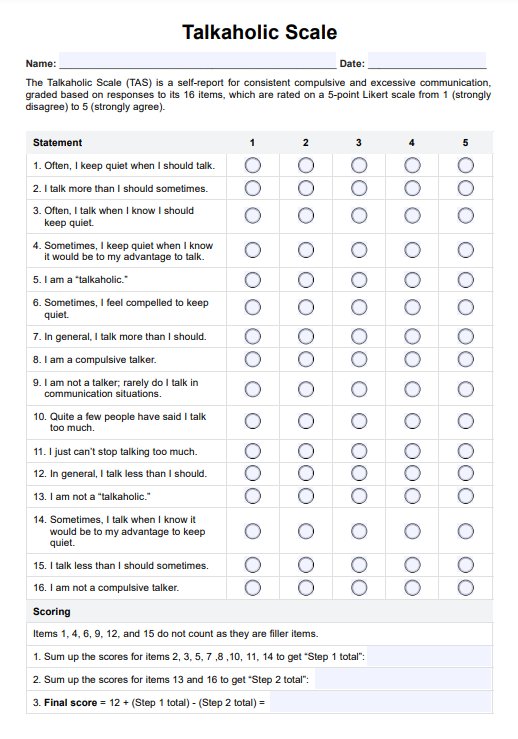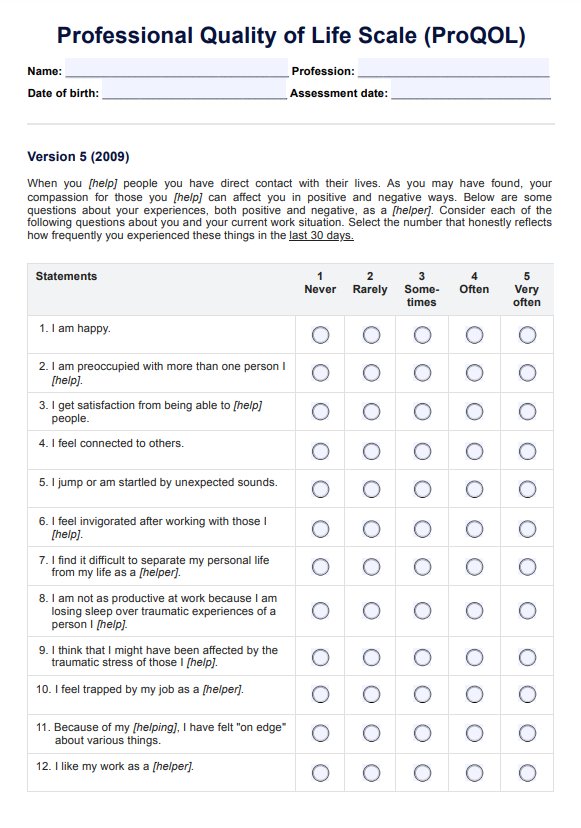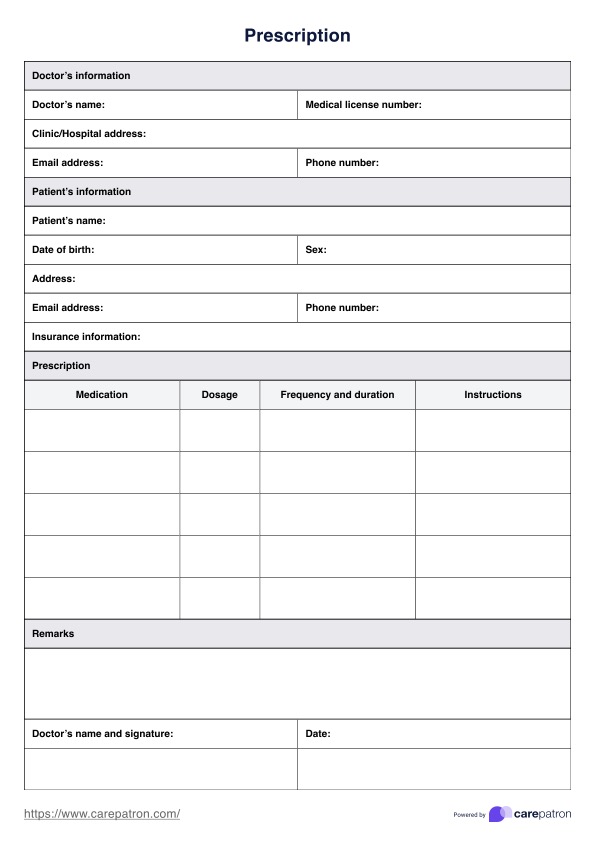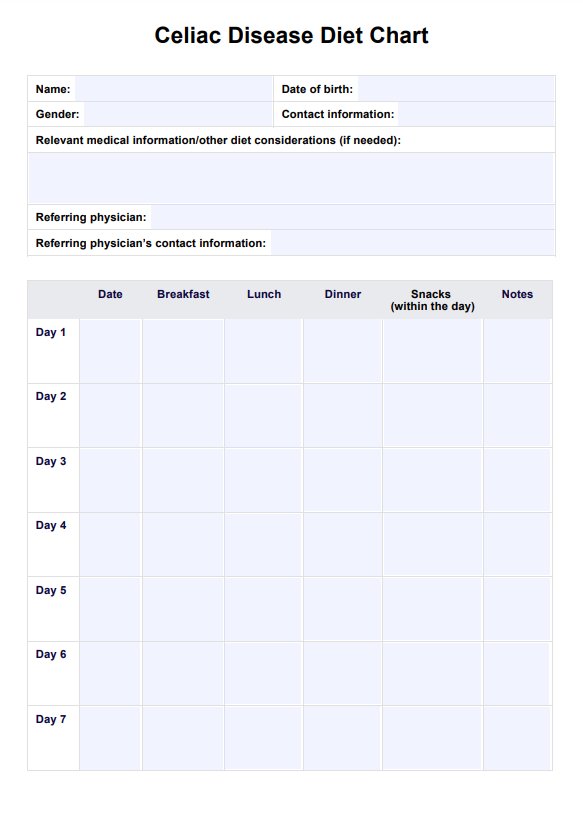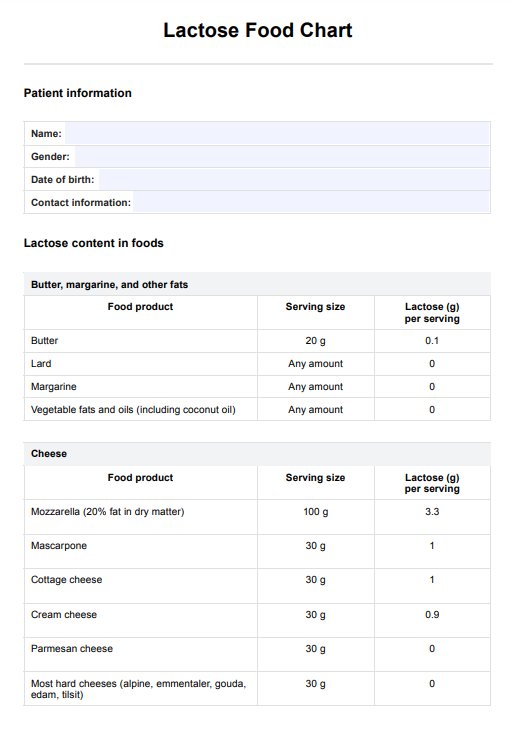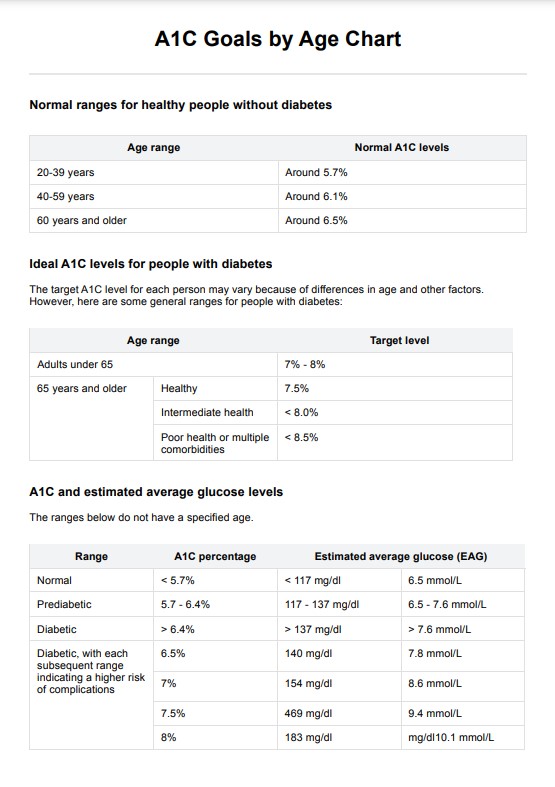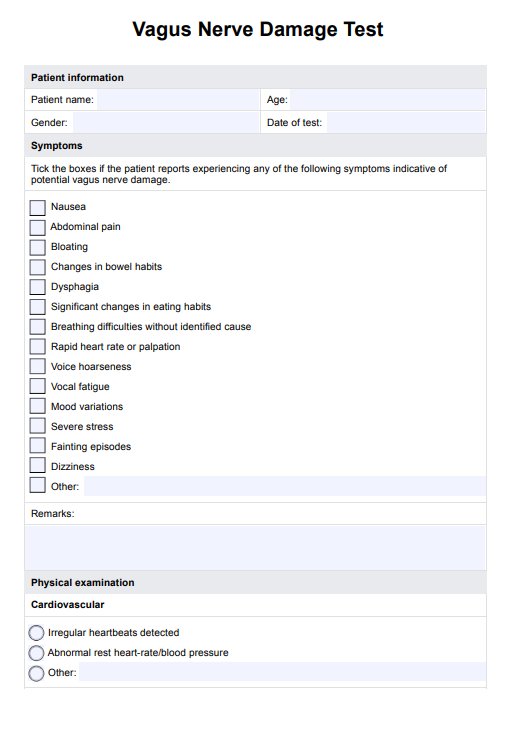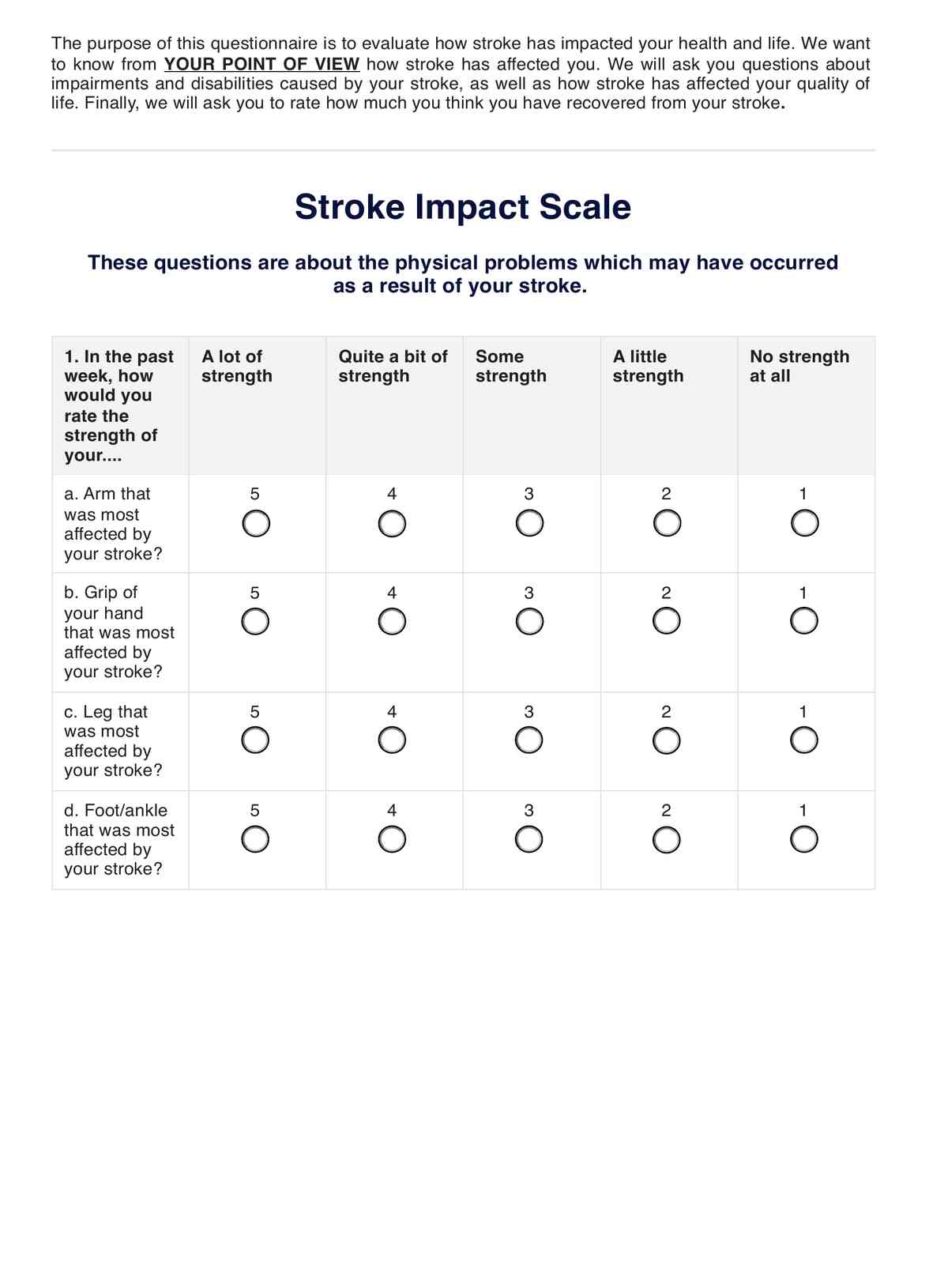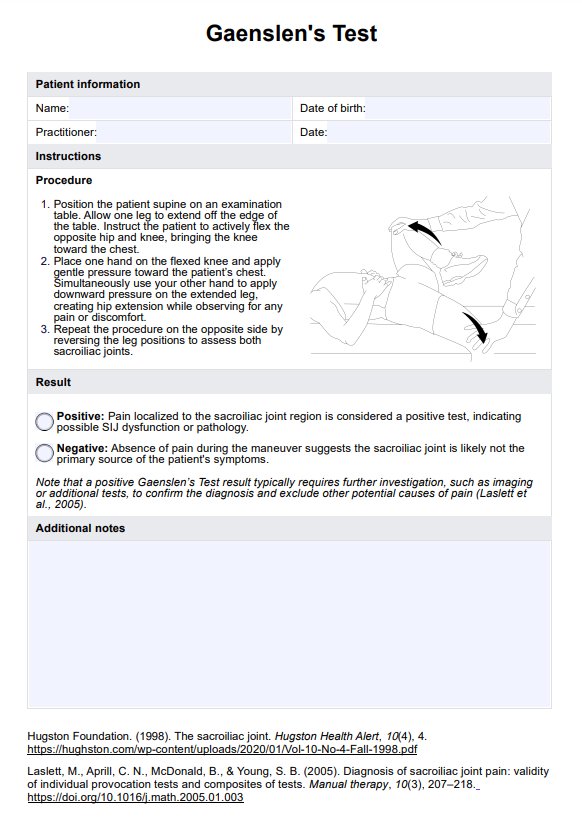Food Intolerance Test
Our Food Intolerance Test is an accurate diagnostic tool that uncovers specific food intolerances, guides dietary adjustments, and identifies triggers for adverse reactions.


What is a Food Intolerance Test?
A diagnostic method for detecting probable food sensitivities or intolerances in people is called the This test seeks to identify specific foods or dietary ingredients that cause unfavorable bodily responses. Food intolerances are defined by difficulty digesting particular meals or responses to specific food components, in contrast to food allergies, which include an immunological response.
The test usually involves examining a sample of saliva, hair, or blood to check the presence of immunological markers, antibodies, or other signs of food intolerance. Alternatively, certain tests may depend on testing specific chemicals, such as histamine or lactose, to determine tolerance levels. After the sample has been taken, it is transported to a lab for analysis. The results are then sent to the patient or their healthcare practitioner.
Food intolerance tests examine a wide range of potential triggers, including common allergenic foods like milk, eggs, wheat, nuts and other components such as gluten, lactose, or food additives. Some tests may target a specific food group, while others offer comprehensive panels that assess multiple foods simultaneously.
A food intolerance test's main goal is to assist people in identifying foods or components that contribute to adverse reactions in their bodies. People may make educated food decisions and reduce or control their symptoms by identifying these triggers. This might involve an elimination diet, in which probable trigger items are momentarily excluded from the diet, followed by a reintroduction phase to verify the responses.
However, it's important to note that food intolerance tests have limitations. Some tests' scientific validity and reliability have been questioned, as their accuracy can vary, and false positives or negatives may occur. Therefore, it is crucial to interpret the results with caution and in conjunction with clinical evaluation and guidance from a healthcare professional.
Food Intolerance Test Template
Food Intolerance Test Example
How does it work?
When using a Food Intolerance Test template, the following steps are typically involved:
Consultation
To acquire appropriate data, address the patient's symptoms, medical background, and eating habits.
Test Selection
Choose the right food intolerance test based on the patient's unique requirements and potential trigger foods or components.
Sample Collection
Give the patient specific instructions for obtaining the sample, such as the needed sample type (blood, hair, or saliva).
Laboratory Submission
Help the patient correctly package the sample and submit it to the specified lab while ensuring all transportation regulations are followed.
Results
Tell the patient what to expect in terms of how long it will take to get the test results, which might vary based on the lab and the particular test.
Interpretation
When the findings are made readily available, carefully examine and interpret them while considering the particular foods or ingredients that contribute to increased levels of reactivity.
Patient Education
Make an appointment for a follow-up visit to go through the results with the patient, explain the relevance of the results, and offer advice on dietary changes.
Elimination Diet
Recommend an elimination diet where probable trigger foods are temporarily eliminated from the patient's diet based on the test results.
Reintroduction Phase
Following a period of elimination, assist the patient with reintroducing the foods one at a time while keeping an eye out for any adverse reactions or symptoms.
Follow-up and Monitoring
Keep in touch with the patient frequently to monitor their progress, discuss any problems, and alter their diet as necessary.
Scoring guide
To quantify the reaction shown in the test findings, each food item or component is given a value as part of the Food Intolerance Test Score. The values may be categorized as mild, moderate, severe, or numerical on a scale from 0 to 4. For this template, this is the interpretation of the results:
Elevated values >30 IU/mL
- This indicates a strong antibody reaction
- Stop intake of these foods immediately for at least 3 months
- Choose alternate foods from the same group
- Consult your physician
Borderline values 24-30 IU/mL
- This indicates mild to moderate antibody reaction
- Reduce the intake of these foods for at least 3 months
- Choose alternate foods from the same group
Normal values <24 IU/mL
- This indicates no significant antibody reaction
- No dietary restriction if there is no previous history of reaction
- If symptomatic, consult your physician even though the test is negative
Healthcare experts examine the test results and evaluate the amount of reactivity for each item to grade the evaluation. The values or grades given reflect the degree of the reaction. For instance, a grade of "non-reactive" or several 0 may imply no or little reactivity, whereas higher values or grades signify higher degrees of reactivity.
Using the Food Intolerance Test Score, medical practitioners may rank trigger foods or ingredients according to their respective values. This knowledge aids in directing dietary adjustments, such as removing or lowering highly reactive meals, while considering the possibility of including foods with lower reactivity levels.
When would you use this test?
Healthcare professionals can benefit greatly from the Food Intolerance Assessment test when addressing suspected food intolerances and conducting investigations. Here are some situations when the exam could be suitable and helpful:
Unexplained Digestive Issues
A food intolerance assessment can assist in pinpointing trigger foods that may be the source of a patient's discomfort when they arrive with unexplained digestive symptoms such as bloating, stomach pain, diarrhea, or constipation.
Skin Conditions
There may be a connection between some skin conditions like eczema, hives, or rashes and dietary intolerances. The examination can identify potential food triggers, enabling medical professionals to suggest suitable dietary changes.
Chronic Fatigue or Low Energy
Food intolerances may be a factor in the symptoms of people with chronic fatigue or low energy. The examination can reveal which foods contribute to varying energy levels, assisting practitioners in creating more precise dietary recommendations.
Inflammatory Conditions
Food sensitivities can make inflammatory diseases like arthritis, asthma, or chronic sinusitis worse. Through the examination, practitioners can possibly reduce inflammation and related symptoms by identifying and removing trigger foods.
Irritable Bowel Syndrome (IBS)
Food intolerances and IBS are frequently related. The evaluation can assist in identifying particular food triggers that may be exacerbating IBS symptoms, allowing practitioners to modify dietary advice accordingly.
Chronic Migraines or Headaches
Food intolerances have been associated with chronic migraines or headaches. Conducting the assessment can help identify potential trigger foods, allowing practitioners to explore dietary modifications as part of a comprehensive treatment plan.
Personalized Nutrition
The Food Intolerance Assessment can help create individualized nutrition programs based on unique sensitivities, enabling healthcare professionals to provide patients with tailored dietary recommendations to support their overall health and well-being.
Benefits
Using the Free Food Intolerance Test template offers several benefits for both practitioners and patients. Here are some key advantages:
Accurate Identification
With the help of the template, it is possible to examine food intolerances methodically, guaranteeing the systematic and precise identification of foods or other triggers that may give patients negative responses.
Time Efficiency
The template streamlines the evaluation procedure, saving practitioners and patients important time. It offers precise instructions and questions, supporting effective data gathering and analysis.
Patient Empowerment
The adoption of the template enables patients to participate in the management of their own health actively. They are urged to take note of their symptoms, keep dietary records, and work with professionals to find and treat any suspected food intolerances.
Enhanced Treatment Planning
Through the template's all-inclusive methodology, practitioners may create specific dietary adjustments, such as exclusion diets and stages of reintroduction, which enhance symptom management and general well-being.
Personalized Approach
Healthcare professionals may modify food suggestions according to particular sensitivities, encouraging a tailored approach to patient care and improving treatment success.
Research & Evidence
Using the Free Food Intolerance Test template offers several benThe Food Intolerance Test has gained recognition and support through scientific research and evidence over the years. Here is an overview of the history of this resource and the evidence supporting its use:
Scientific Studies
Research has investigated the association between dietary intolerances and other medical disorders. These investigations on the causes, prevalence, clinical signs and symptoms of food intolerances have shed light on how they affect people's health.
Clinical Observations
Medical practitioners and researchers have seen the differences when individuals with suspected food intolerances change their diets, particularly when trigger items are eliminated. These discoveries have helped to clarify how dietary intolerances play a part in symptom management.
Allergy and Immunology Research
The immunological processes causing food intolerances have been clarified through research in allergy and immunology. Research has linked immunological reactions, including IgG antibodies and immune-mediated pathways, to reactions related to food intolerance.
Diagnostic Advances
The assessment and detection of food intolerances have been made easier by the introduction of sophisticated diagnostic tools. The precision and reliability of identifying food intolerances have increased because of advancements in laboratory testing techniques, such as antibody testing and elimination diets with reintroduction regimens.
Clinical Guidelines
According to professional organizations and expert panels, assessing food intolerance in clinical practice is important. Clinical guidelines have been developed to aid medical practitioners in accurately detecting and treating food intolerances.
Patient Outcomes
The value of this resource is supported by anecdotal evidence from patients who have completed food intolerance testing and adopted dietary adjustments.
Commonly asked questions
As food intolerance tests are not standardized, many companies and organizations offer them, and no single entity can be attributed to developing the food intolerance test.
A food intolerance test can be performed by either undergoing a blood test to measure specific antibodies or opting for an elimination diet followed by a controlled reintroduction of suspected trigger foods while monitoring for symptoms.
In order to detect probable food intolerances or sensitivities, a food intolerance test looks for certain antibodies or immunological reactions to particular foods.


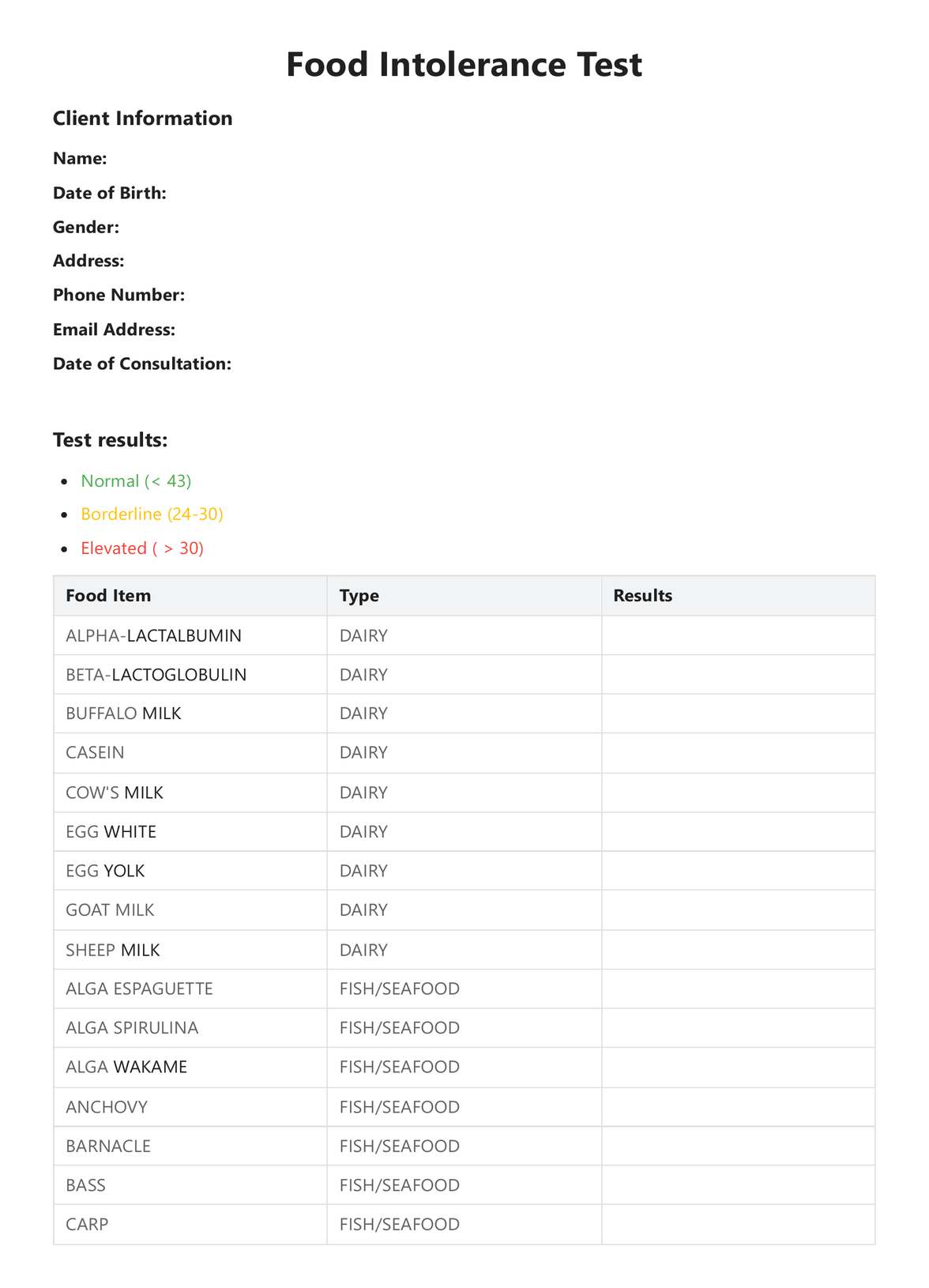
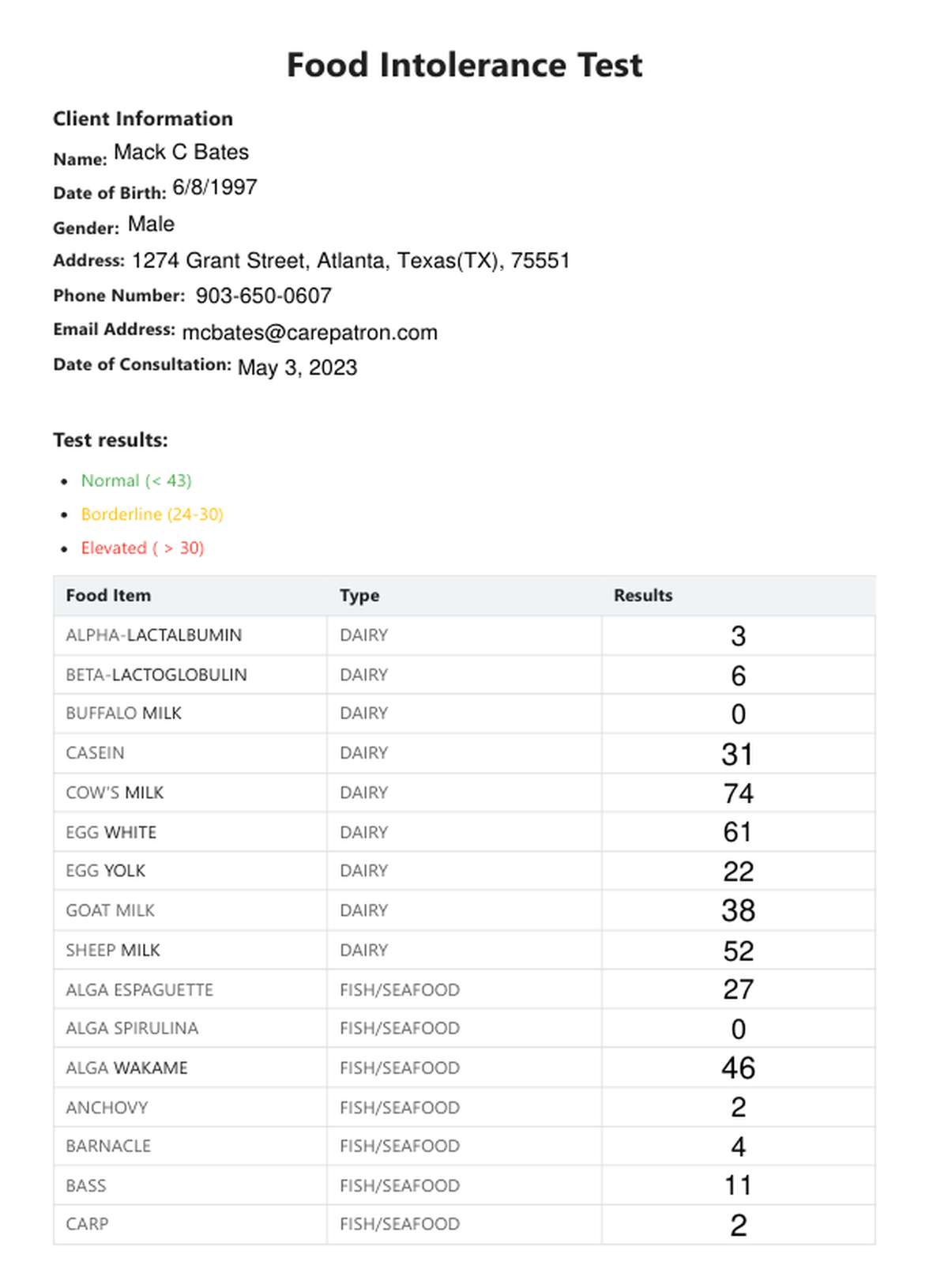

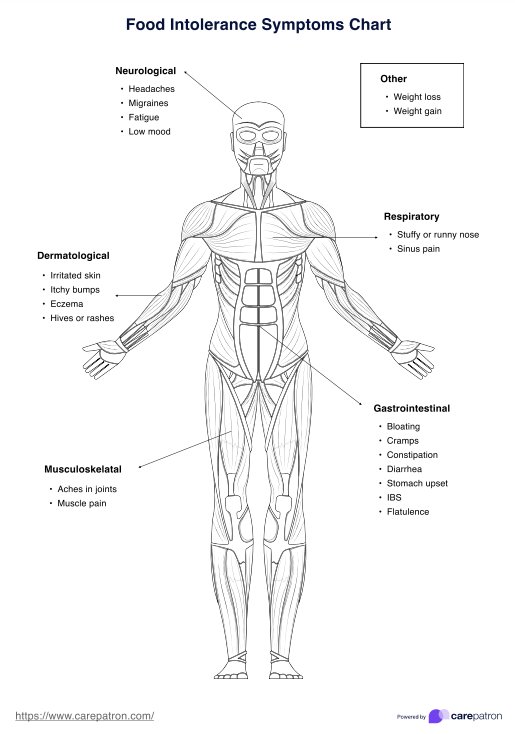
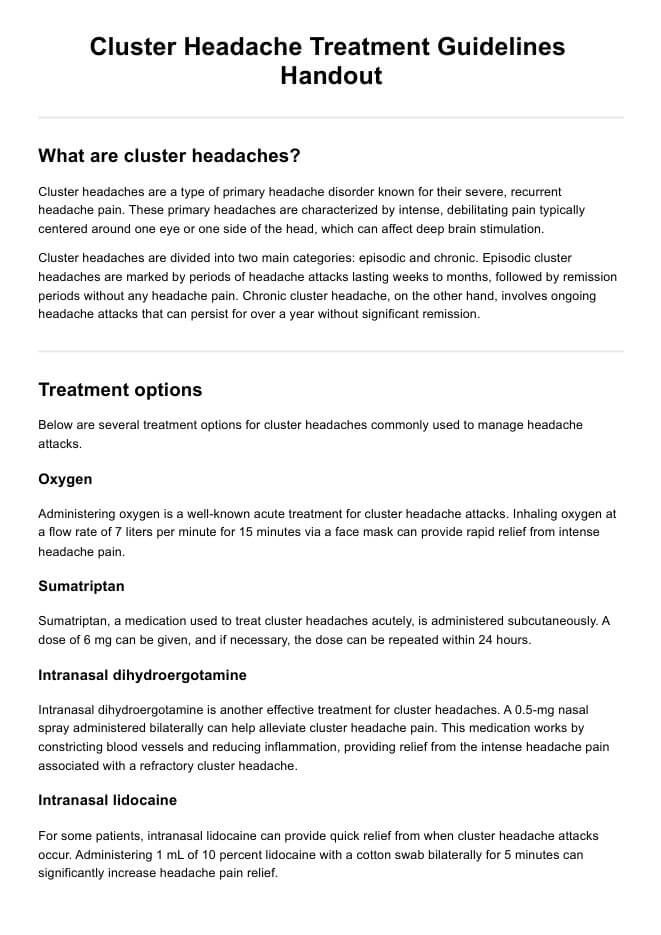














-template.jpg)
























































